This website recently received an email criticizing the content for not driving a line between self-publishing services like iUniverse or Author House and true self-publishing, in which you print up your own books independently. The argument that the former is not self-publishing at all, it’s subsidy publishing.
The argument can be made that even the new breed of self-publishing services does not resemble the old model of subsidy publishing – especially in terms of the amount of profit an author gets per book and the author’s ability to retain copyright. That issue aside, a place like iUniverse is commonly referred to as a self-publisher, so that’s why the site chooses to have a wide umbrella for the term “self-publishing.
That said, true self-publishing involves printing up books yourself. This method of book publishing has much less of a stigma than if your book is stamped with the logos of Lulu or iUniverse so it is recommended. And given the expense for the high end packages offered by Outskirts Press or Mill City Press, it does make sense to instead work with an independent printer and then hire a marketing firm to handle publicity.
Overall, book printing is cheaper than printing up crates of print on demand books, which are notoriously expensive per book. However, becoming your own publisher takes a lot more work than using a “subsidy” service, as you will have to fulfill orders, market, and design the book yourself. Additionally, expenses can mount for storage, as printing companies will not necessarily house the books.
Finding Cheap Book Printing
This is a long way of saying that printing a book yourself is a good way to go if you want to reduce the stigma of self-publishing, and, ideally, keep your expenses low. The latter is often the most difficult because book printers can be all over the map in terms of expense. This is why a service like Book Printing Revolution is useful.
You can think of Book Printing as a hybrid printer/self-publisher. The reason is because they are open to printing as few as 100 books at a time, which is not often the case with other printers – or if it is, it’s exorbitantly expensive, as printing gets cheaper the larger the print run. But most self-publishers cannot justify printing a thousand books up front. And any self-publisher will need 100 books at the very least to send out to reviewers and local bookstores. In fact, it’s recommended that you do this for ARC’s – Advanced Reading Copies – and then use offset printing for larger print runs.
Book Printing Revolution promises 10-15% savings on printing costs, as well as free marketing services including free website design or search engine submission for book orders over 300 copies (go for the website, as you can submit a site to search engines and directories yourself).
Quality of the Books
Book Printing Revolution uses offset printing for short print runs. The quality is as good as you can expect from a high-end printer. Another thing that makes BPR a kind of hybrid printer/publisher is the company’s connection to Mill City Press, meaning that you can have access to Mill City’s editorial staff, book designers (general the best of the self-publishing services), and distribution network.
One of the cooler aspects of BPR is its reliance on green book printing – by using recycled stock and soy ink in book production, which doesn’t sacrifice the quality of the books. One of the major arguments for print on demand is its better effect on the environment than printing up books that will go to waste. Green printing ensures a print run that’s safer for the environment.
If you’re wary about the cost and the stigma of using a self-publishing service, or you’re looking for a long term relationship with a printer for a new publishing company, Book Printing Revolution is one of the better choices.
Get an Editorial Review | Get Amazon Sales & Reviews | Get Edited | Get Beta Readers | Enter the SPR Book Awards | Other Marketing Services



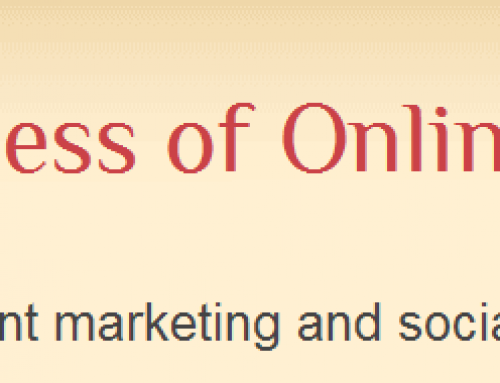
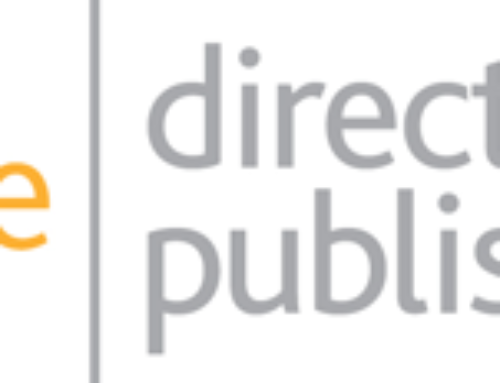
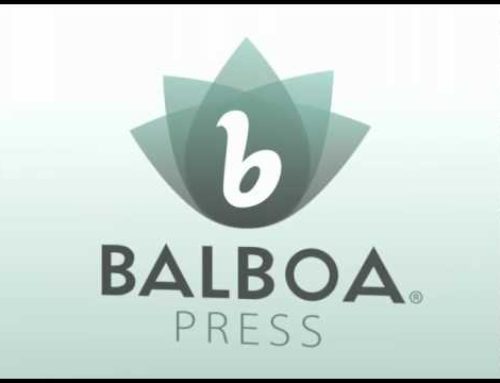

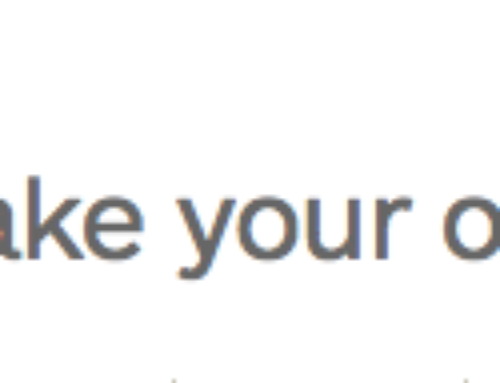
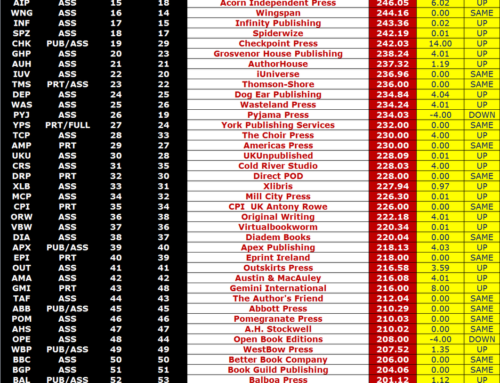
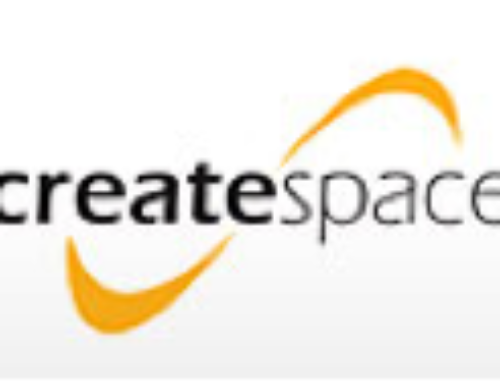


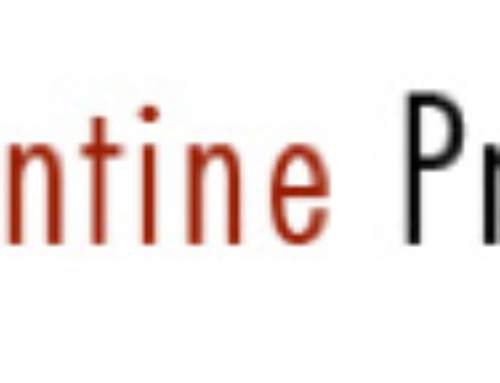

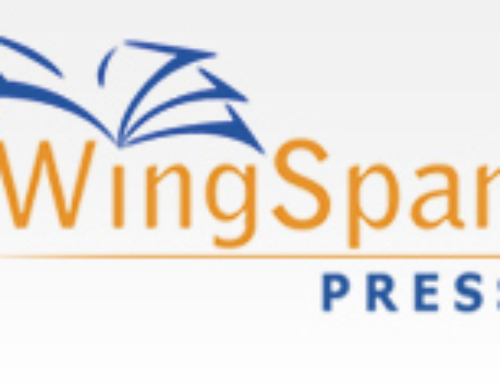
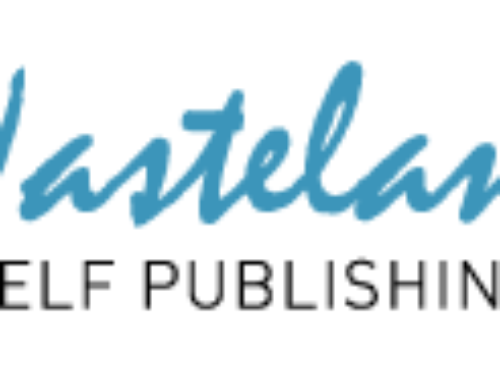

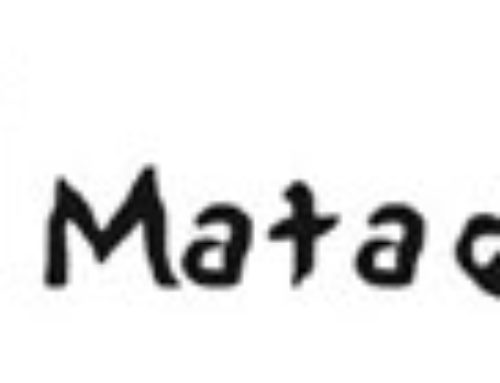

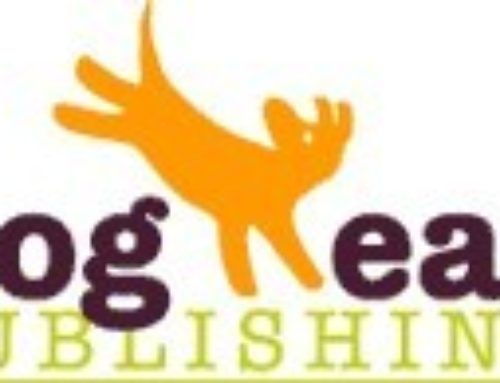
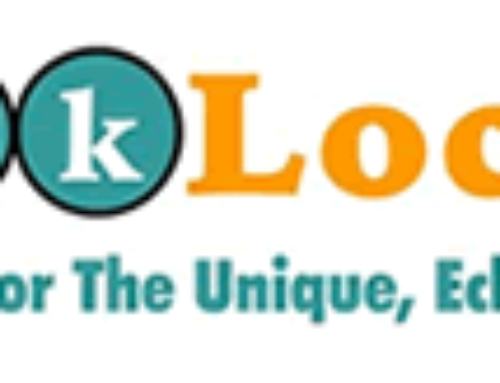

Leave A Comment